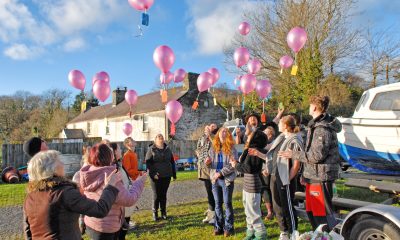Community
UK search and rescue teams gather for training exercises in Wales
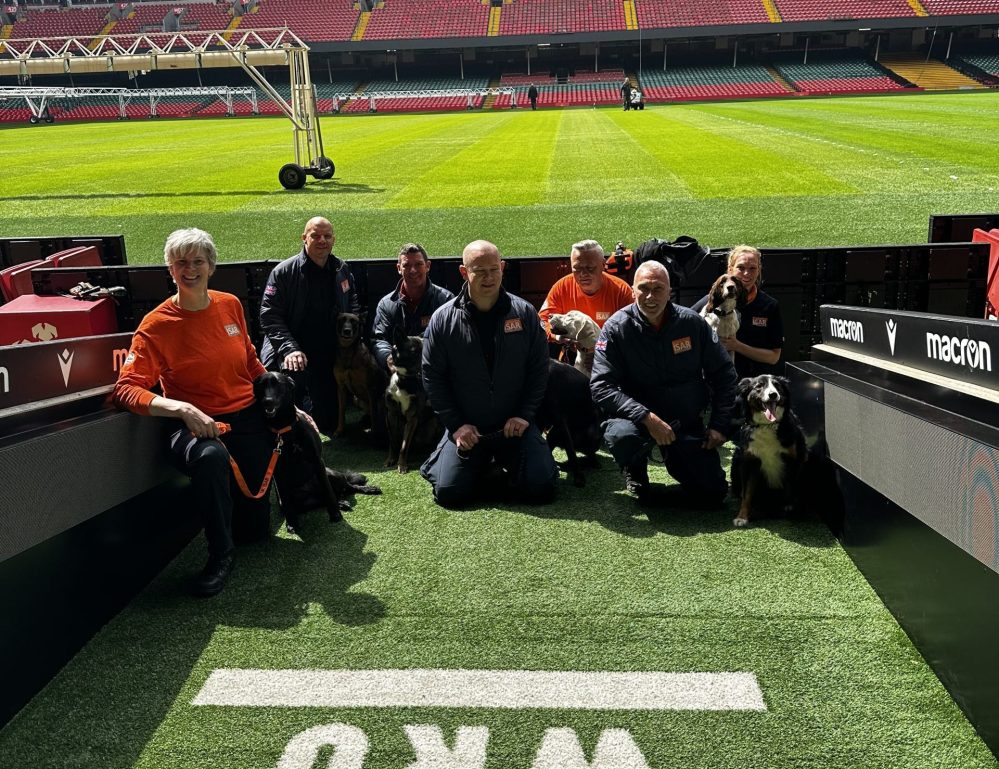
LAST week, members of the UK’s domestic and international search and rescue teams came together to carry out highly specialised training in Wales’s capital city.
Urban Search and Rescue (USAR) and International Search and Rescue (ISAR) teams are typically deployed in the wake of events such as natural disasters or acts of terrorism, and are responsible for finding and freeing trapped people.
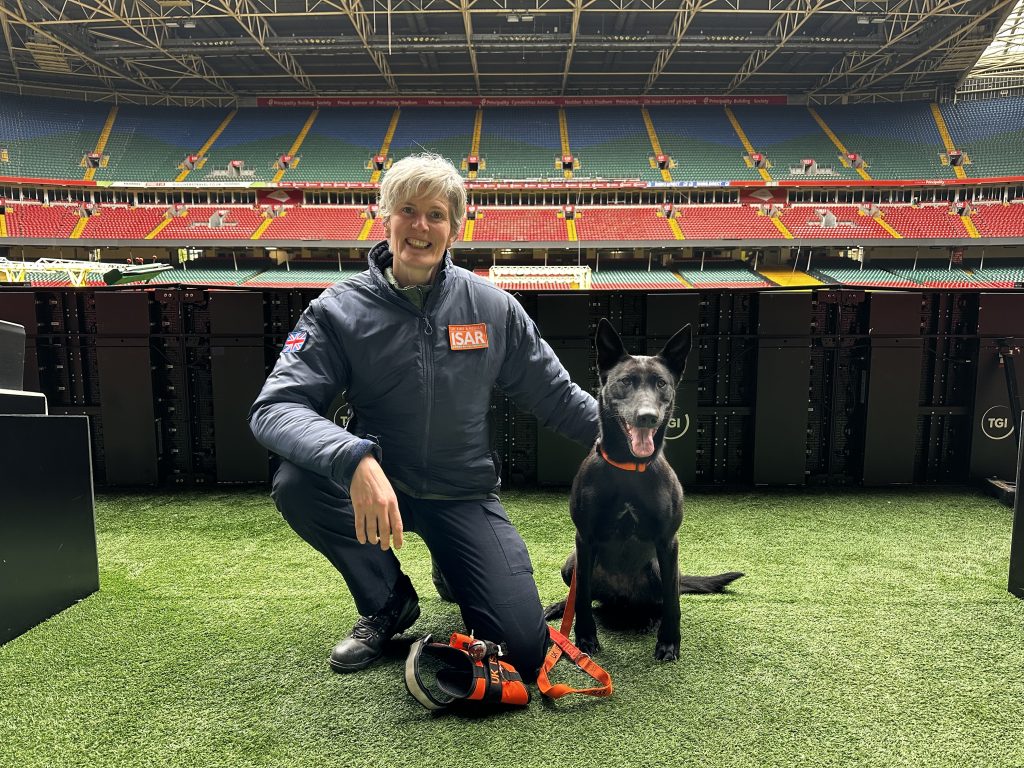


From Monday 22nd April to Wednesday 24th, teams from across the UK rallied in Cardiff and Gloucester for training exercises, travelling from fire service bases in Essex, Kent, Hampshire, Lancashire, Lincolnshire, Merseyside, West Midlands, Scotland, South Wales, and Mid and West Wales.
Utilising both the Heath hospital and the Principality Stadium in Cardiff, the teams conducted dog and drone exercises as part of routine training which is vital in aiding their search and rescue efforts. With the assistance of eight highly specialised sniffer dogs and state of the art drone equipment, the team practiced their urban search and rescue training across three days.
Kevin Dite, Watch Manager at South Wales Fire and Rescue Service, and USAR/ ISAR team member, said: “Different drones are deployed for different reasons. The cameras are useful for open area searching, and some have thermal imaging capabilities, stability systems, and of course they can cover large areas much faster than we can.
“We tend to do this training quarterly, at a minimum. The dogs need to be kept intact and protected, and of course, drone work has a massive skill fade as it’s such intricate flying, so we try and do it as regularly as we can. It’s also about getting the dogs used to the drones; with the low-level humming in the background something that will be constant for them in their rescues.”
In the event of a large-scale disaster, it is safer to send small drones into buildings, followed by the dogs with their acute sense of smell, to search for missing people. The dogs are trained to ‘alert’ to a live person by barking until their handler arrives and rewards them with a favourite toy.
Once the search team pinpoints a lost person, they have a range of tools at hand to make an area safe and to free trapped people. Every rescue is different, but might including shoring up fallen masonry, cutting through debris to help someone to safety, or using heavy lifting equipment to create exit routes.
Last year, some members of these teams were deployed to Malawi, Morocco, and Turkey after national disasters struck the areas – with the drones, the dogs, and their handlers in situ.
Tristan Bowen, USAR team leader and ISAR team member, said: “The dogs are useful because they will do the job of 20 technicians in half the time. They can collapse themselves into the smallest spaces and have been trained to search for live bodies in destitute areas, using their remarkable scent to detect human life, and can pick up on sweat, carbon dioxide, aftershave or perfume, etc.
“Part of this training involves exposing our operatives to the different scenarios they may come across; be it cold weather survival, hot places, urban areas, city centres, or large-scale venues. We will all be familiar with the explosion which occurred at the Manchester Arena after the Ariana Grande concert in 2017, so the idea is to expose our dogs in the event of deploying into any kind of structure which could pose issues to them in terms of the number of people, the actual scale and size of the building, and all the hidden voids within the building.
“We get deployed internationally quite regularly. I’ve been to Turkey, Nepal, Haiti, and Christchurch New Zealand to assist international relief efforts. As you can imagine, it’s no small feat to ship us all out – we’re classed as a heavy rescue team with all our equipment; including technicians, doctors, vets, dog handlers, structural engineers – the team is huge.
Crew Manager Niamh Darcy and her dog, Vesper, a four-year-old Belgian Malinois, are both members of the USAR and ISAR teams. Vesper works as a search and rescue dog as part of Merseyside Fire and Rescue Service (MFRS), and has been deployed to numerous disasters, most recently the 2023 earthquakes in Turkey and Morocco. Alongside her handler, she has been responsible for locating multiple live casualties and reuniting them with their families.
Vesper also won the Crufts Hero Dog Award 2024 this year, within the category of ‘Extraordinary Life of a Working Dog’ – a category which was open to fire services, the police, and the army.
Niamh said: “Vesper can clear a building by herself and can indicate to me if there is no need for us to enter a building. These dogs do an awful lot of agility training; you really need a dog that’s meticulous in this kind of role, they run over rubble piles and zone in on a hit, and once the canines have done their job then we commit and zone in on an area to break or breach or lift things off people.
“Malis in general are a very bright breed. They have a very high mental capacity, are very agile, and Vesper in particular is extremely friendly and sociable. However, even if the dogs are proficient in searching, they still need that exposure to travel with you, and they need stamina. We can go for up to 14-hour days when we’re deployed, and she’s very adaptable in that sense.”
A spokesperson said: “Mid and West Wales Fire and Rescue Service provides emergency response cover, public safety information and prevention and protection programmes across 12,000 square kilometres, which is almost two-thirds of Wales. It is the third largest Fire and Rescue Service in the UK and covers six local authorities areas: Carmarthenshire, Ceredigion, Neath Port Talbot, Pembrokeshire, Powys and the City and County of Swansea.
“South Wales Fire and Rescue Service aims to make south Wales safer, by reducing risk. We work to protect and serve across the 10 Unitary Authorities that make up our diverse area, working in partnership with our colleagues in other frontline services.”
Community
Community gathers to remember Corrina Baker
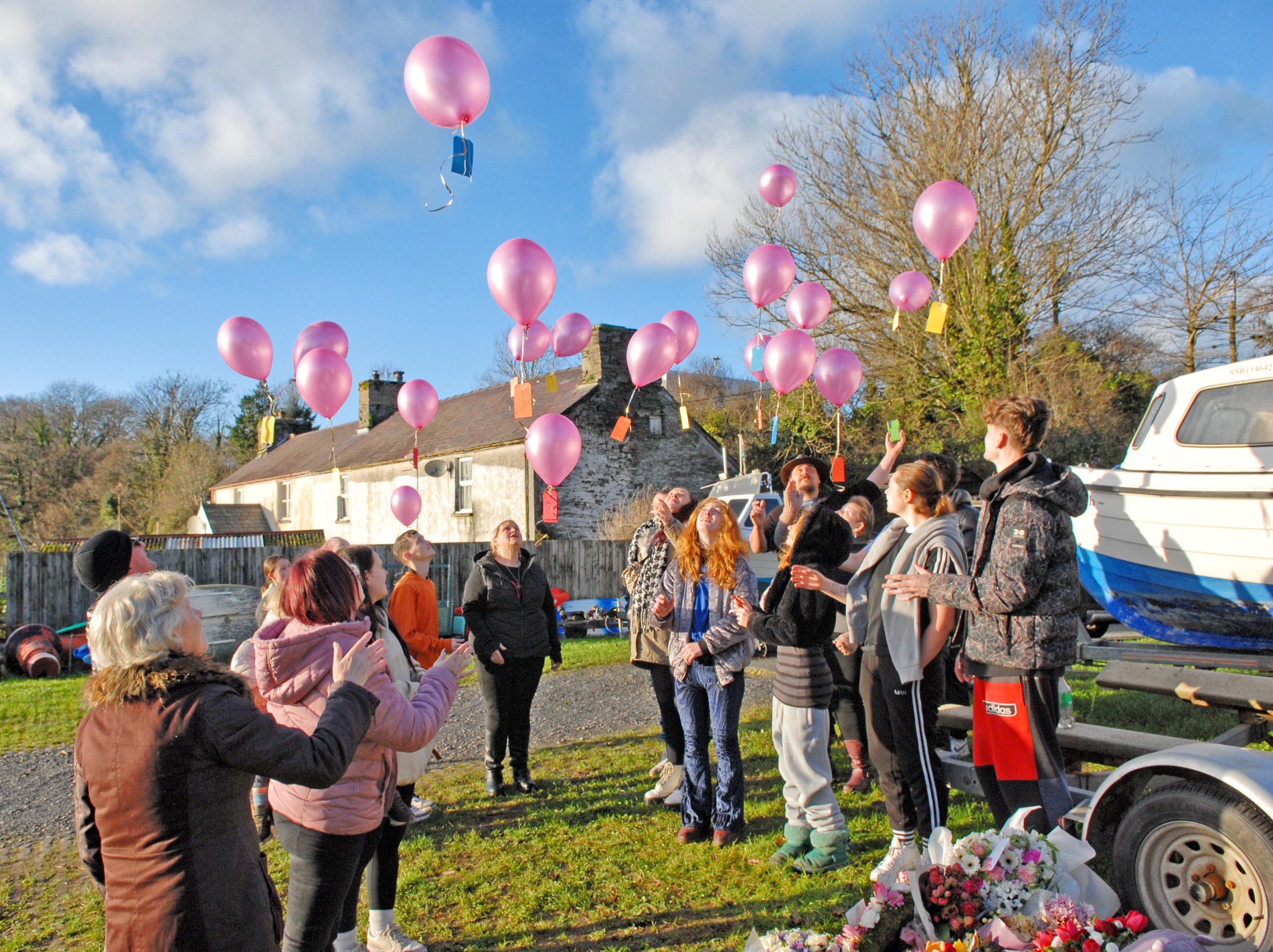
Lanterns and balloons released in emotional acts of remembrance
FAMILY, friends and members of the local community came together to remember Corrina Baker at a series of moving events held across west Wales this week.
Corrina’s funeral took place on Monday (Dec 15), a month after her death, with a public service held at St Mary’s Church. Mourners lined the route as her coffin was carried on its final journey in an elegant horse-drawn carriage, before a private cremation later took place at Parc Gwyn crematorium in Narberth.

Later that evening, shortly after 6:00pm, friends and relatives gathered at the Quayside in Cardigan for the first of two acts of remembrance to celebrate her life. Lanterns were lit and released into the night sky above the town as some of Corrina’s favourite songs were played.

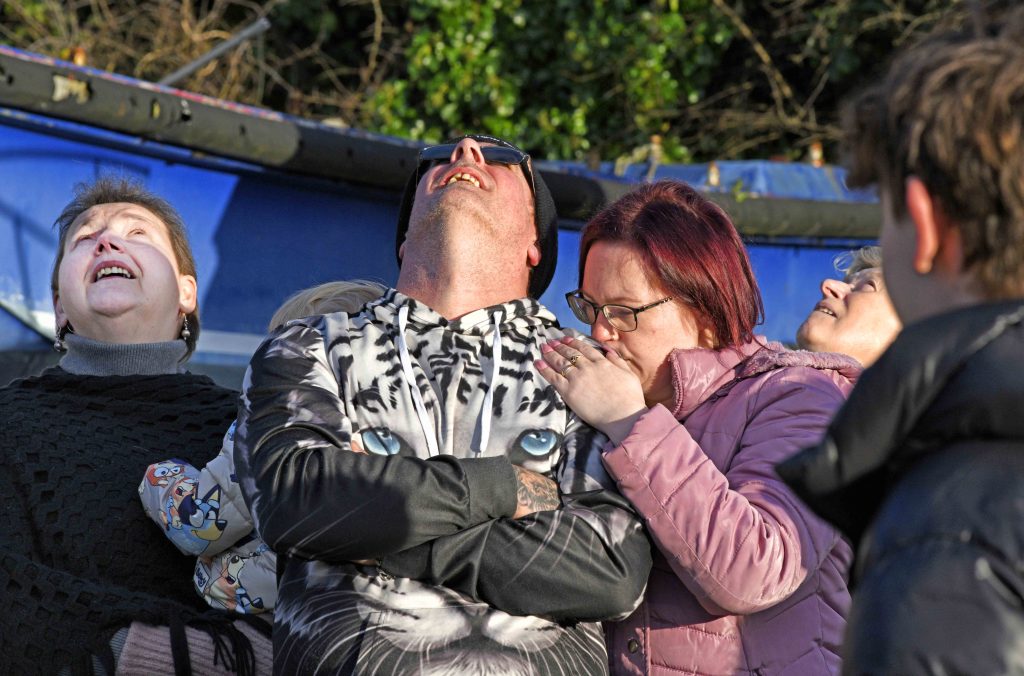
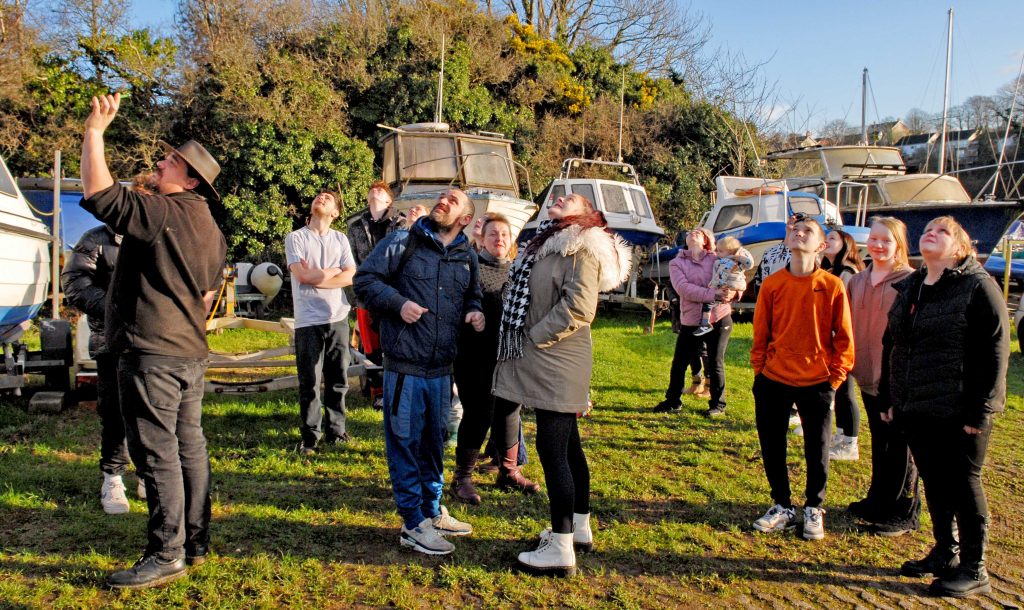


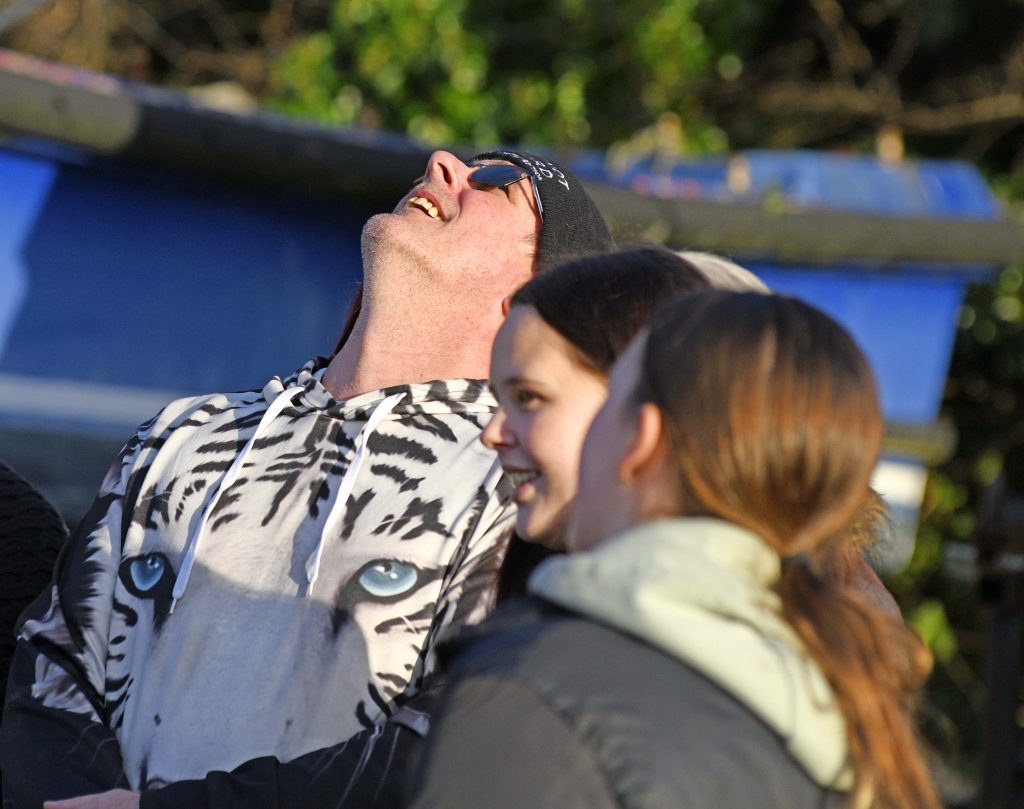
On Tuesday afternoon (Dec 16), a second tribute was held near the location where Corrina was found. Twenty-one pink balloons — one for each year of her life — were released into a clear blue sky, each carrying personal messages in her memory.
Floral tributes continue to be laid at the Netpool, while a GoFundMe appeal set up in Corrina’s memory has raised more than £2,300. She has been described by those who knew her as “funny and bright”.
Dyfed-Powys Police have confirmed that their investigation into the circumstances surrounding Ms Baker’s death is ongoing. A 29-year-old man who was arrested on suspicion of murder has been released on bail while inquiries continue.
(Photos: Stuart Ladd/Herald)
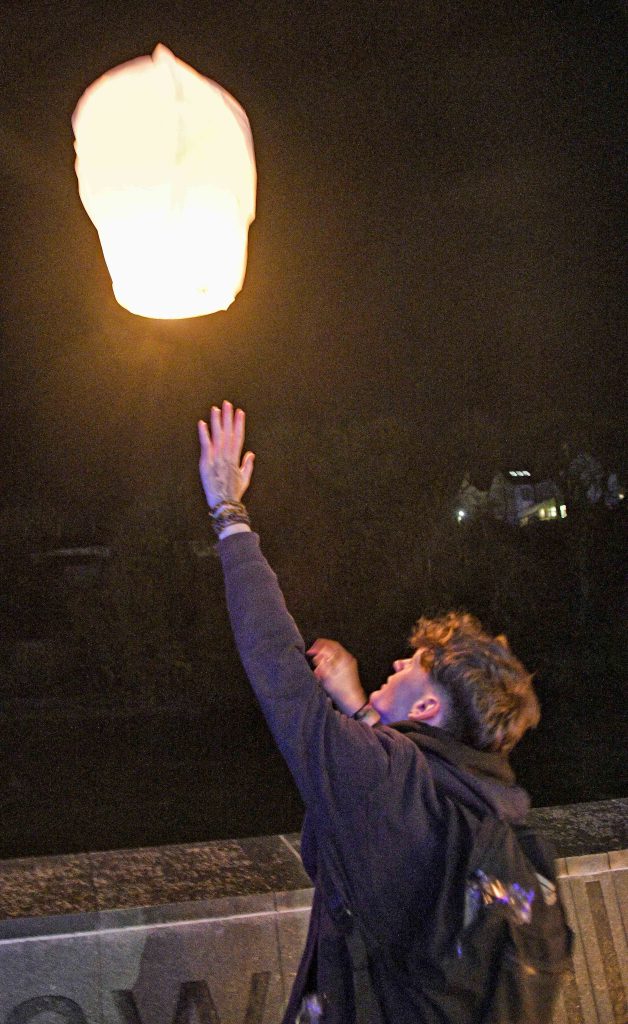

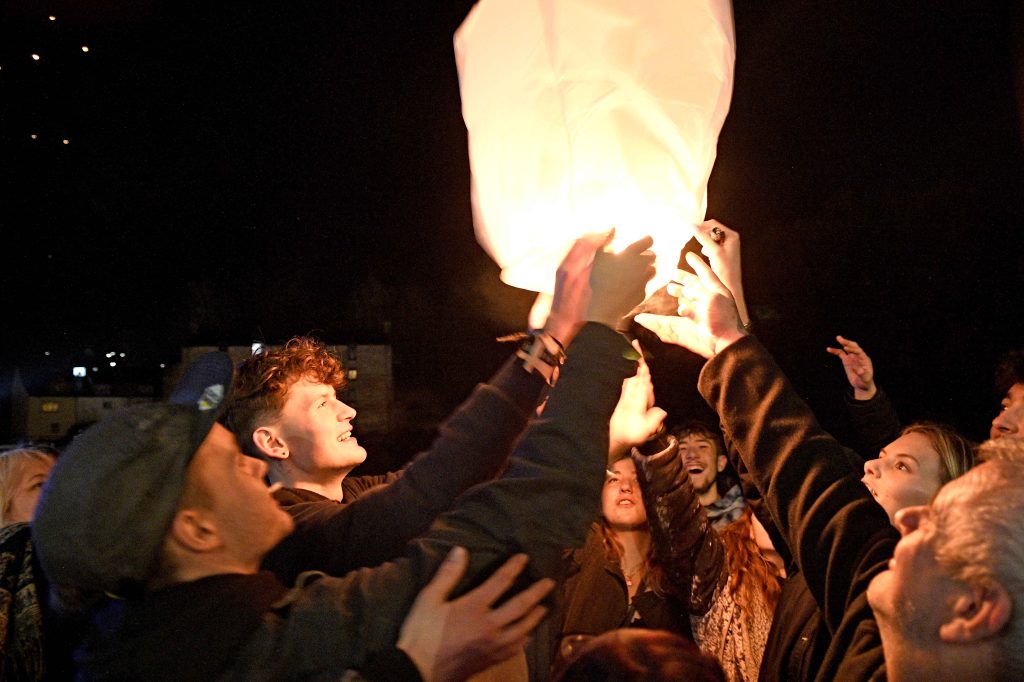




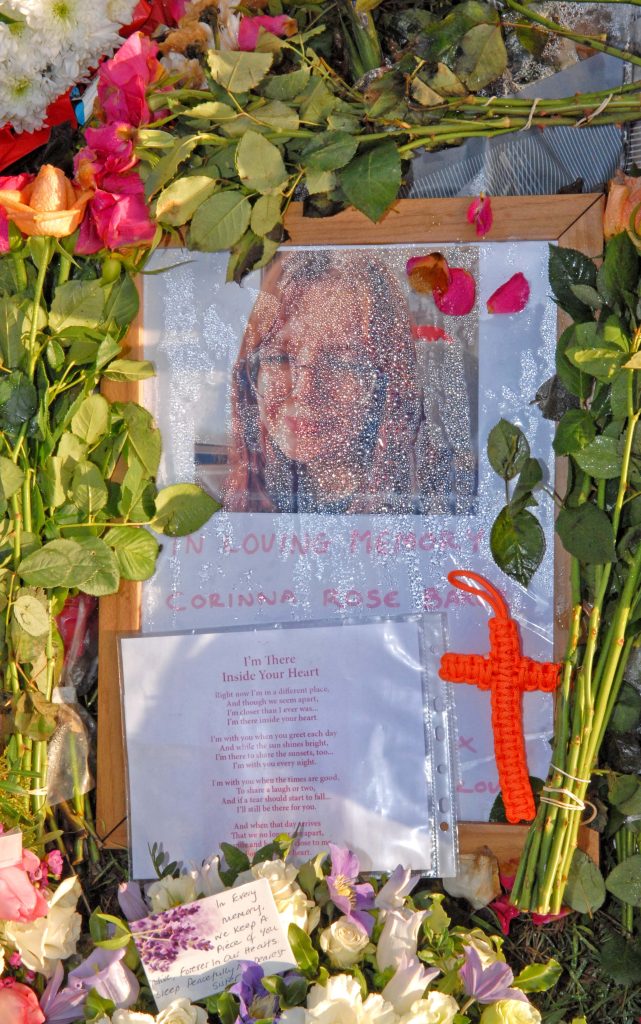

Community
Six untaxed vehicles seized in Milford Haven police operation

SIX untaxed and abandoned vehicles were seized during a joint roads policing operation in Milford Haven on Tuesday morning.
Officers from the Milford Haven Neighbourhood Policing and Prevention Team (NPPT) worked alongside the Pembrokeshire Roads Policing Team as part of targeted enforcement across the town.
In addition to the vehicle seizures, a number of traffic offence reports were issued to drivers during the operation.
Police said the action formed part of ongoing efforts to improve road safety and tackle vehicle-related offences in the Milford Haven area.
Community
Candlelit carol service brings community together in Milford Haven

ST KATHARINE and St Peter’s Church in Milford Haven hosted its annual Candlelit Festival of Nine Lessons and Carols, bringing together members of the community for a traditional celebration of Christmas.
The service featured readings from the Mayor of Milford Haven, representatives of the Soroptimists, Milford Haven Amateur Operatic Society, the Headteacher and Head Prefects of Milford Haven School, Milford Haven Town Band, and NCI Wooltack Point.
Music for the evening was provided by organist Seimon Morris, Milford Haven Town Band and the Milford Haven Cluster Band, whose performances added to the atmosphere of the candlelit service.
The Friends of St Katharine and St Peter’s Church thanked all those involved and wished the community a happy Christmas.

-

 News3 days ago
News3 days agoDyfed-Powys Police launch major investigation after triple fatal crash
-

 Crime9 hours ago
Crime9 hours agoMilford Haven man jailed after drunken attack on partner and police officers
-
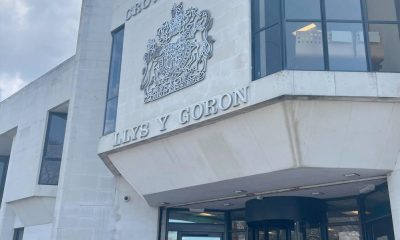
 Crime2 days ago
Crime2 days agoMan sent to Crown Court over historic indecent assault allegations
-

 Crime1 day ago
Crime1 day agoMan charged with months of coercive control and assaults
-

 Crime4 days ago
Crime4 days agoMan spared jail after baseball bat incident in Milford Haven
-
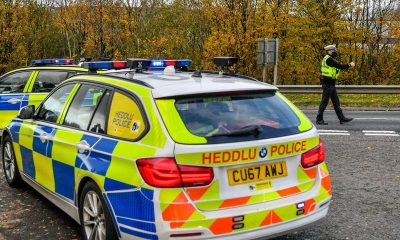
 Crime2 days ago
Crime2 days agoMilford Haven man admits multiple offences after A477 incident
-

 Crime7 hours ago
Crime7 hours agoTeenager charged following rape allegation at Saundersfoot nightclub
-

 Education6 days ago
Education6 days agoTeaching assistant struck off after asking pupil for photos of her body








